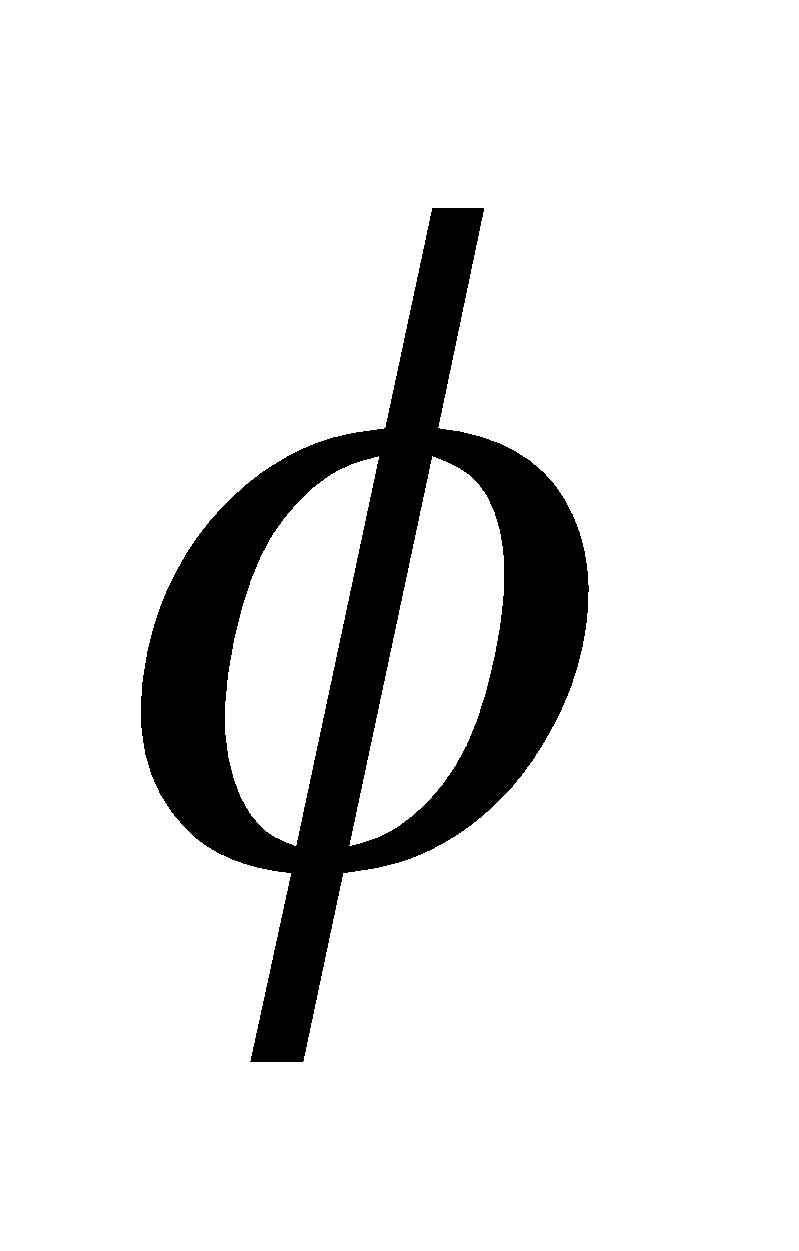[BA 1st Sem Question Papers, Dibrugarh University, 2013, Mathematics, Major]
1. (a) Choose the correct answer for the following: 1
A sequence is bounded if and only if
- Its domain is bounded.
- Its range is bounded.
- It is bounded above.
- It is bounded below.
(b) Write the bounds of the sequence  where
where
(c) Write the bounds of the sequence  where
where
Is a bounded sequence
(d) Show that a sequence converges to one limit point only.
Or
Show that every bounded sequence with a unique limit point is convergent.
2. (a) Write when an infinite series diverges.
(b) Write the statement of Leibnitz test for convergence of an alternating series.
(c) Test the convergence of the infinite series .
.
(d) Test the convergence of the infinite series 
(e) Show that if a series  of positive monotonic decreasing terms converges, then
of positive monotonic decreasing terms converges, then  as
as  .
.
Or
Test the convergence of the infinite series .
.
3. (a) If  be a root of an equation
be a root of an equation  , then write a factor of
, then write a factor of  . 1
. 1
(b) If  and
and  are two roots of the equation
are two roots of the equation , then write the other two roots of the equation. 1
, then write the other two roots of the equation. 1
(c) Write the nature of the roots of the equation  2
2
(d) If  are the roots of the equation
are the roots of the equation  then write the equation whose roots are
then write the equation whose roots are  2
2
(e) If  be the roots of the equation
be the roots of the equation  then find the value of
then find the value of
(f) Solve the equation  by Cardan’s method. 6
by Cardan’s method. 6
Or
If  be the roots of the equation
be the roots of the equation  then find the value of
then find the value of  .
.
GROUP – B
(Trigonometry)
4. (a) Choose the correct answer:
(b) Write the roots of the quadratic equation 
(c) Express  in powers of
in powers of  .
.
Or
If  prove that
prove that 
5. (a) Show that  2
2
(b) Show that  3
3
Or
Express  in the form
in the form 
6. (a) Write the interval of x for which 
(b) Show that
Or
Expand  in ascending powers of
in ascending powers of 
7. (a) Choose the correct answer: 1
(b) Write the period of  1
1
(c) Write the expansion of  in terms of x. 2
in terms of x. 2
(d) Find the sum of  up to
up to  terms. 4
terms. 4
Or
Separate  into real and imaginary parts.
into real and imaginary parts.
GROUP – C
(Vector Calculus)
8. (a) Choose the correct answer: 1
A vector  is a solenoidal vector of
is a solenoidal vector of
(b) Find , where
, where  2
2
(c) Show that , where
, where  is a scalar function and
is a scalar function and  is a vector function. 5
is a vector function. 5
Or
Show that  where
where 
(d) Show that  is a vector perpendicular to the surface
is a vector perpendicular to the surface  where
where  is a constant. 3
is a constant. 3
(e) Evaluate  4
4
Or
Find the directional derivative of  in the direction of
in the direction of 
***


Post a Comment
Kindly give your valuable feedback to improve this website.